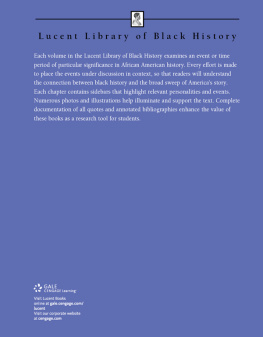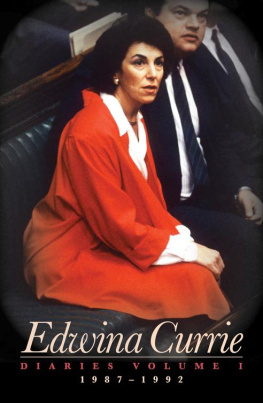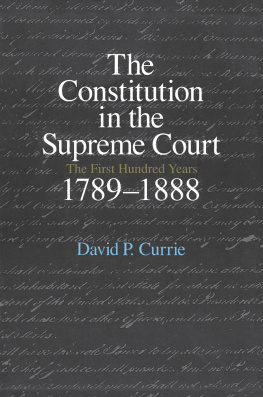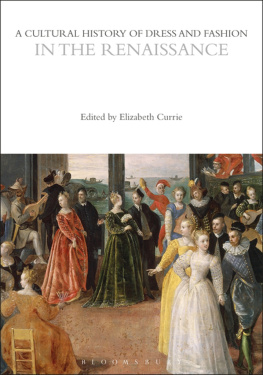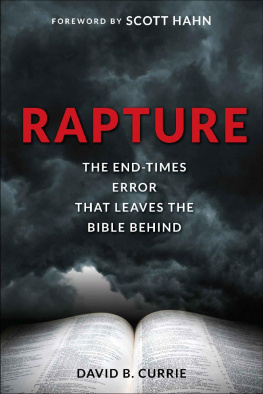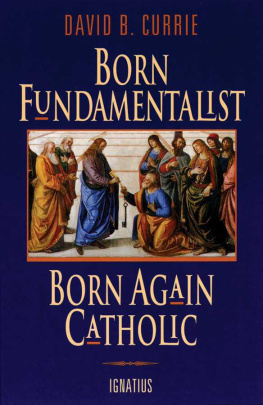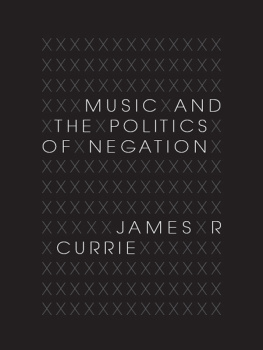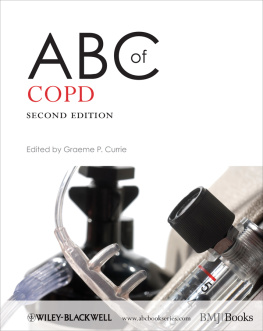Elliott Currie - A Peculiar Indifference
Here you can read online Elliott Currie - A Peculiar Indifference full text of the book (entire story) in english for free. Download pdf and epub, get meaning, cover and reviews about this ebook. publisher: Henry Holt and Co., genre: Politics. Description of the work, (preface) as well as reviews are available. Best literature library LitArk.com created for fans of good reading and offers a wide selection of genres:
Romance novel
Science fiction
Adventure
Detective
Science
History
Home and family
Prose
Art
Politics
Computer
Non-fiction
Religion
Business
Children
Humor
Choose a favorite category and find really read worthwhile books. Enjoy immersion in the world of imagination, feel the emotions of the characters or learn something new for yourself, make an fascinating discovery.

- Book:A Peculiar Indifference
- Author:
- Publisher:Henry Holt and Co.
- Genre:
- Rating:3 / 5
- Favourites:Add to favourites
- Your mark:
- 60
- 1
- 2
- 3
- 4
- 5
A Peculiar Indifference: summary, description and annotation
We offer to read an annotation, description, summary or preface (depends on what the author of the book "A Peculiar Indifference" wrote himself). If you haven't found the necessary information about the book — write in the comments, we will try to find it.
A Peculiar Indifference — read online for free the complete book (whole text) full work
Below is the text of the book, divided by pages. System saving the place of the last page read, allows you to conveniently read the book "A Peculiar Indifference" online for free, without having to search again every time where you left off. Put a bookmark, and you can go to the page where you finished reading at any time.
Font size:
Interval:
Bookmark:
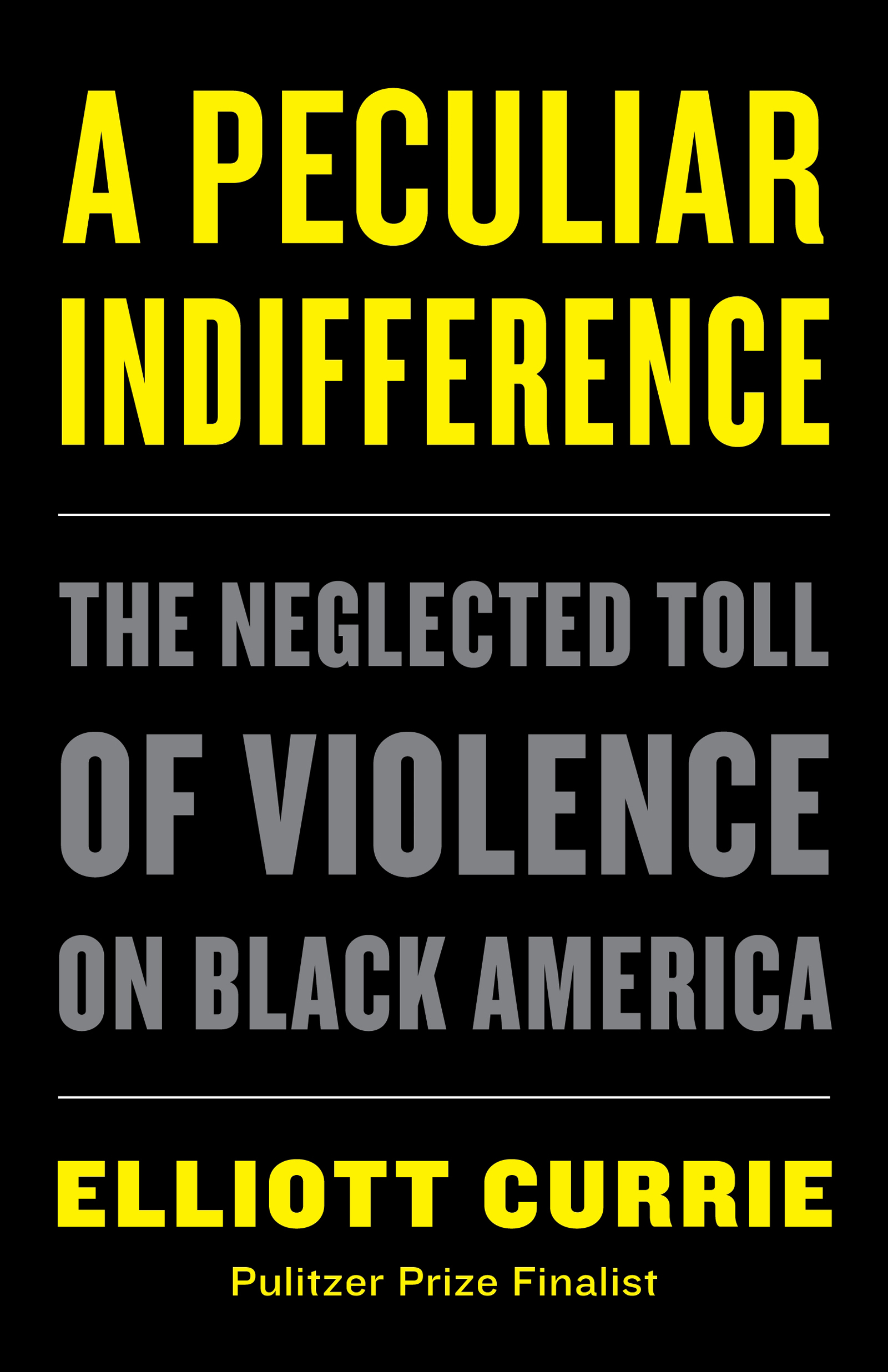

The author and publisher have provided this e-book to you for your personal use only. You may not make this e-book publicly available in any way. Copyright infringement is against the law. If you believe the copy of this e-book you are reading infringes on the authors copyright, please notify the publisher at: us.macmillanusa.com/piracy.
In early August 2018 I took a trip to Chicago, the city where I grew up. While I was there, the city suffered what newspapers described as one of its deadliest weekends in recent memory. Between 5:00 p.m. on Friday afternoon, August 3, and 6:00 a.m. on Monday, August 6, at least seventy-one people were shot in the city, of whom twelve died. Thirty of the victims were shot within a single three-hour period early Sunday morning.
The violence was overwhelmingly concentrated in a handful of neighborhoods on the citys South and West Sides. Eight people were shot at one block party in South Sides Gresham community alone. Anyone familiar with these neighborhoods would know that they are not strangers to this kind of violence, and that though the sheer amount of violence that week was unusual, its concentration in these particular places was not.
The twelve people who died in the weekends shootings ranged in age from seventeen to fifty-nine, and they were a diverse group in other ways as well. Several were young men with extensive criminal records who were gunned down in what appeared to be gang-related disputes. Twenty-six-year-old Kendall Brown, killed by shots from a passing Jeep on the South Side around 1:00 a.m. on Sunday, had been arrested fourteen times between August 2009 and April 2014, including five times for domestic battery and once for being a felon in possession of a firearm. Others were the victims of trivial conflicts that escalated into deadly confrontations. Seventeen-year-old Kenny Ivory was shot twice after getting into an argument with some other boys while riding his bicycle near his home in Gresham. Thirty-year-old Earl Young was with his fiance at her South Side apartment when they got into an argument with a neighbor about her puppies peeing from her third-floor balcony onto his below. The neighbor shot Earl in the back.
Still other victims were simply in the wrong place at the wrong time. Fifty-nine-year-old contractor Frank Warren was taking a lunch break just before noon on Saturday, on the grass in front of a house where he was working on a pool deck, in South Sides Englewood community, when two men across the street began shooting at each other. Frank was hit twice in the abdomen and died shortly thereafter.
There was a grim sense of dj vu to some of the twelve killings. Fifty-year-old Ron Johnson, who was shot in the head not far from his home in the Altgeld Gardens neighborhood on the far South Side shortly after midnight on Monday morning, had just the day before gone to the funeral of one of his best friendsalso shot to death in Altgeld Gardens.
But though the twelve people killed over the weekend spanned a wide range of ages and social circumstances, almost all of them had one striking thing in common. With the sole exception of Frank Warren, the Englewood contractor, all were African American. By contrast, non-Hispanic whites, also a third of the citys population, were only 9 percent of homicide victims.
The media, not only in Chicago but nationally, expressed predictable shock over this weekend of violence, and speculated over what it was about the city of Chicago in particular that could explain it. But while Chicagos homicide rate is very highat 24 homicides per 100,000 people in 2017, it was roughly four times the rate for the country as a wholeit is routinely outpaced by that of many other American cities. Two cities just a stones throw from ChicagoSt. Louis, Missouri, and Gary, Indianaracked up homicide rates in 2017 that were well over two and a half times Chicagos. Across the Mississippi River from St. Louis, meanwhile, the perennially violence-torn small city of East St. Louis, Illinois, achieved a homicide rate of 111 per 100,000close to five times Chicagos rate of violent death.
And in Chicago, as in all of these cities, violence has stalked the streets and homes for a long time. The city actually suffered its worst year for homicide in 1974, and though the numbers have fluctuated since then, there has never been a time in recent history that Chicago (or St. Louis, or New Orleans, or Detroit, or Baltimore) has not experienced levels of violent death that are otherwise seen only in the most violent countries of the developing world. And in every one of those cities, black Americans have been dramatically overrepresented among the victims.
In response to the especially deadly August weekend, Chicagos police superintendent rushed to insist that this is not a widespread issue among citizens of this city. This is a small subset of individuals who think they can play by their own rules because they continue to get a slap on the wrist when we arrest them.
And there was nothing new about this essentially evasive response, either. In Chicago, as in every other American city where violence is endemic, sudden flare-ups typically bring an initial flurry of outrage, sincere expressions of angerusually directed at that small element who are seen as mainly responsibleand then a waning of interest. Not much is done to deal with the underlying problem, and the city goes back, at least for a while, to life as usual. Most of the time, in most places, violence in the black community doesnt make the headlines or even rate a mention on nighttime TV. For most people who live outside the most stricken communities, deadly violence is just part of the background noise of contemporary American urban life, something that happens in bad neighborhoodsneighborhoods that are not theirs. That kind of complacency is harder to find in communities like North Lawndale or Englewood. But the people who live in those places usually have relatively little voice and even less political influence, which both serves to cover over the everyday violence that surrounds them and to ensure that the deeper conditions that cause it remain mostly unaddressed.
The result is that America continues to tolerate one of the most fundamental inequalities imaginable: a radical disparity in the very prospect of survival itself. And we tolerate it despite the fact that disparities in violence on this scale have been, for all practical purposes, eliminated in every other advanced industrial society. Other wealthy countries, to be sure, also have racial and ethnic differences in the risks of violent death and injury, but none come even close to the level of excess mortality, disability, and suffering that we have come to tacitly accept as part of the American landscape. And those stark gaps in the risks of violence do not stand alone: they are only one particularly glaring example of a much broader pattern of systemic racial inequalities in health and well-being that sets the United States off sharply from every other advanced nation in the world.
In the United States today, a young black man has fifteen times the chances of dying from violence as his white counterpart. Violence takes more years of life from black men than cancer, stroke, and diabetes combined. It strikes even black women more often than white men and contributes significantly to persistently lower overall life expectancy and higher infant mortality among black Americans. These disparities contribute to sharply divergent overall patterns of life and death between whites and blacks in the United States. Yet aside from spectacular incidents like Chicagos deadly summer weekends, they have largely receded into the background of public discussion and have very nearly disappeared as a target of public policy. It is hard to believe that the country would have the same tepid response if the racial distribution of violence were reversed. If young white men had the same homicide death rate as their African American counterparts do now, roughly 14,000 of them would have been victims of homicide in 2018, instead of the 930 who actually were. I think it is safe to say that if 14,000 young white men were dying of violence in the United States every year, it would be considered a problem calling for urgent attention, with resources to match.
Font size:
Interval:
Bookmark:
Similar books «A Peculiar Indifference»
Look at similar books to A Peculiar Indifference. We have selected literature similar in name and meaning in the hope of providing readers with more options to find new, interesting, not yet read works.
Discussion, reviews of the book A Peculiar Indifference and just readers' own opinions. Leave your comments, write what you think about the work, its meaning or the main characters. Specify what exactly you liked and what you didn't like, and why you think so.

